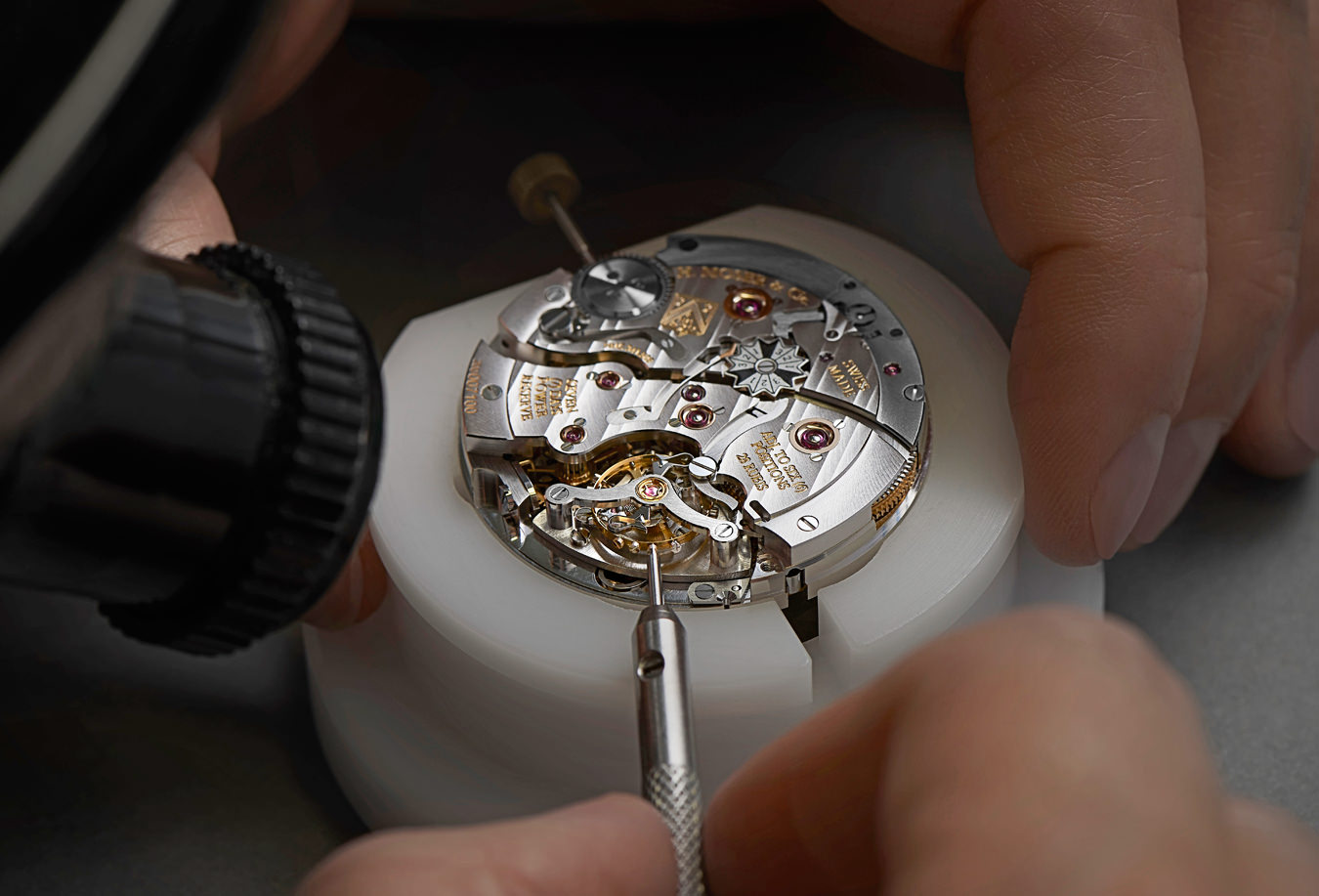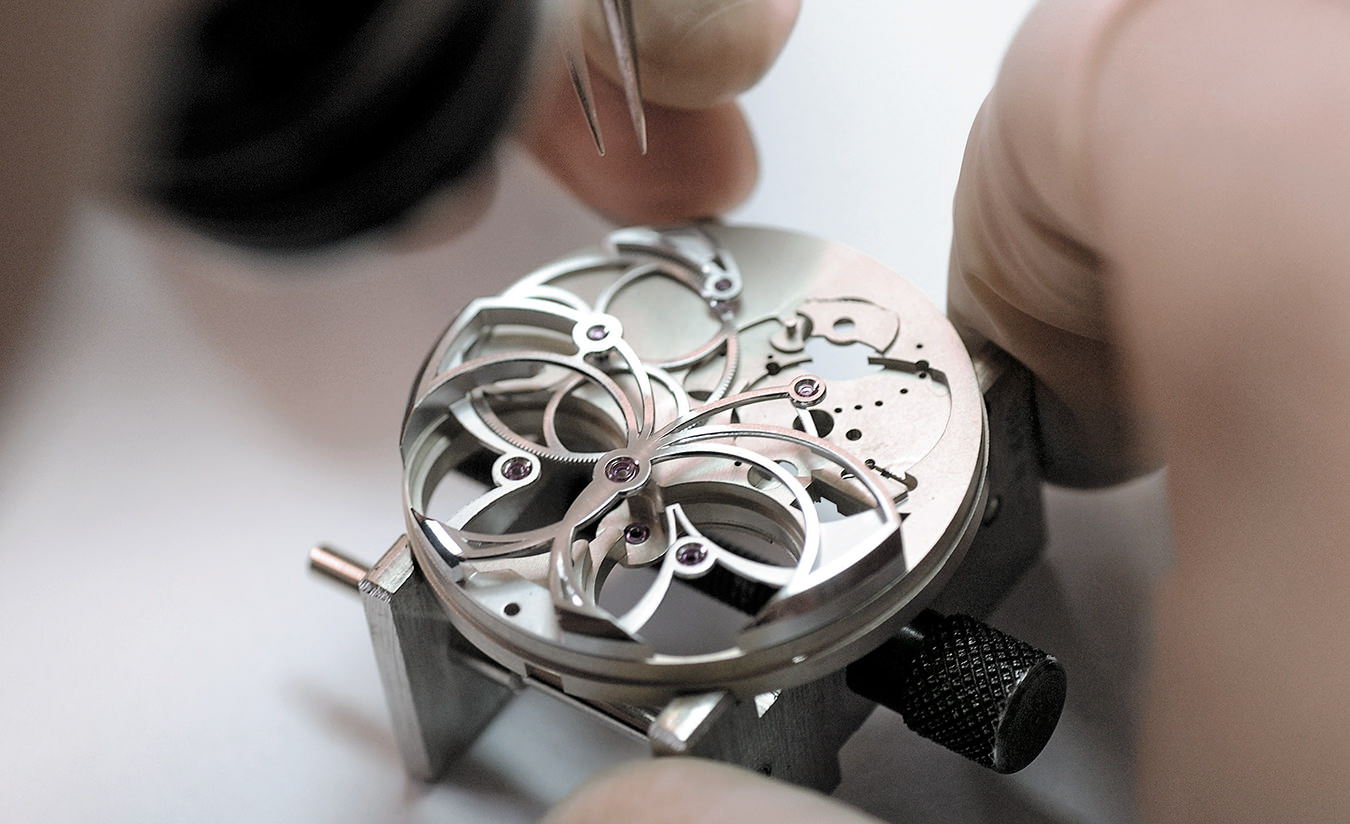The Definition of Swiss-Made Watches
What's in a name?

Things aren’t always what they seem. And we humans, being mostly risk-averse creatures, prefer to know what we are getting, this perhaps being why we put so much stock in brand names. We trust them to deliver what we believe they always will. But is Apple objectively better than its competitors? Is Made in Italy intrinsically better than Made in China?
Provenance, and its corollary, a concern for ethics and sustainability, have never been more important than in our age of globalized trade. Which is why we will pay more for a product made in Switzerland—there is a 50 per cent premium on Swiss cheeses and cosmetics and a 100 per cent one on “Swiss-Made” luxury watches, according to a study released by the University of St. Gallen last year.
Why is this? The perceived Swiss character—orderliness, prudence, discretion, precision—has been projected onto the country’s products. Swiss chocolate? Pure. Swiss trains? On time, precise. Watches are practically synonymous with the Swiss—and vice versa.
Not bad for something that didn’t even exist until 325 years ago, when Louis XIV made life in France extremely difficult for the Huguenots, causing many to flee to Switzerland. That Swiss watchmaking became such a strong trade is a tribute to those 17th-century Protestant refugees and their many generations of descendants.
Edouard Meylan is one such descendant. His family has been in watchmaking for “five, six generations,” he says. Since 2013, he has been CEO of a 189-year-old Swiss watch company called H. Moser & Cie. Meylan is someone you would expect to be a staunch defender of “Swiss Made”.
He started 2017 by making a video about the value of products being Made in Switzerland and launching “the most Swiss watch ever produced.” Only this was a satirical film, with Meylan, wearing a silly hat and suspenders, taking a swipe at the newly strengthened criteria that allow watches to be branded “Swiss Made”. And the watch? Its case was a polymer made from Swiss cheese.
Surely having tougher criteria to protect the value of a brand is a good thing. But wait: strengthened the rule so that 60 per cent of the value of a watch has to be generated in Switzerland? (According to a 1971 ordinance, only 50 per cent of a watch’s movement value had to be produced in Switzerland.)
Call me naive, but I had always assumed that a watch with Swiss Made on its dial was completely made in Switzerland, just as champagne is made in Champagne from grapes grown there. To find out why a Swiss watch can be so un-Swiss, I asked Jean-Daniel Pasche, president of the Federation of the Swiss Watch Industry FH. As he explains it, the industry isn’t entirely to blame—indeed, it was the FH that in 2007 asked the government to tighten the rules, concerned that less scrupulous manufacturers were claiming Swiss Made in order to charge premium prices. The government proposed 60 per cent for all manufactured goods. The FH countered: at least 80 per cent of the value of a watch should be produced in Switzerland. “But we were told no—it might be considered protectionism,” says Pasche.
But isn’t protection the point of branding and trademarking? Items Made in the USA must be made within the United States using “all or virtually all” American-made parts, and the U.S. Federal Trade Commission is a strict enforcer. The Made in Italy mark can only be used on products that are “totally” made in Italy.
One would assume that, after almost a decade of consultation and compromise, the new Swiss law should at least be sound. But upon inspection, it has more holes than Swiss cheese. For example, research and development costs are now part of the value calculation, so by building in enough R&D at high Swiss salary levels, it’s easier than ever to get a foreign-made watch across the 60 per cent threshold.
For those of us who love fine watches, does the Swiss-Made branding even matter? Many in haute horlogerie continue to use it. But anyone paying $300,000-plus for a timepiece from Greubel Forsey, Bovet, or Richard Mille is paying not for the Swiss-ness, but for the Greubel-ness or Bovet-ness or Mille-ness.
At a more moderate watch-buying level, by prompting us to think twice about what things really are, the Swiss government has shot itself in the foot. Even so, it might have escaped our notice had it not been for the buzz around Edouard Meylan’s film and cheesy watch.
To Meylan, it was much more than a marketing stunt: how Swiss Made is defined really does matter. And so, H. Moser & Cie watches, despite being 100 per cent produced in Switzerland, will no longer carry the words Swiss Made. “We strongly believe that the label is deceiving,” he says. “It gives many brands a justification for overpricing their products.” More importantly, by creating “false perceptions about the reality of what is actually made in Switzerland,” it ensures that things are not always what they seem.
_________
Never miss a story. Sign up for NUVO’s weekly newsletter.




